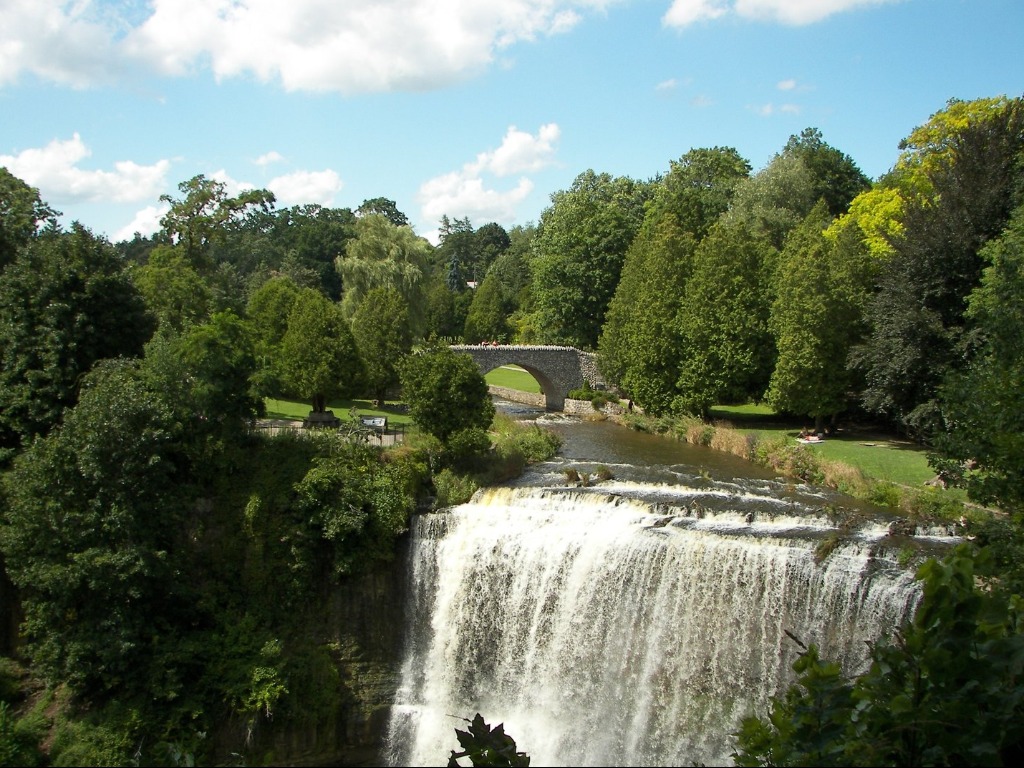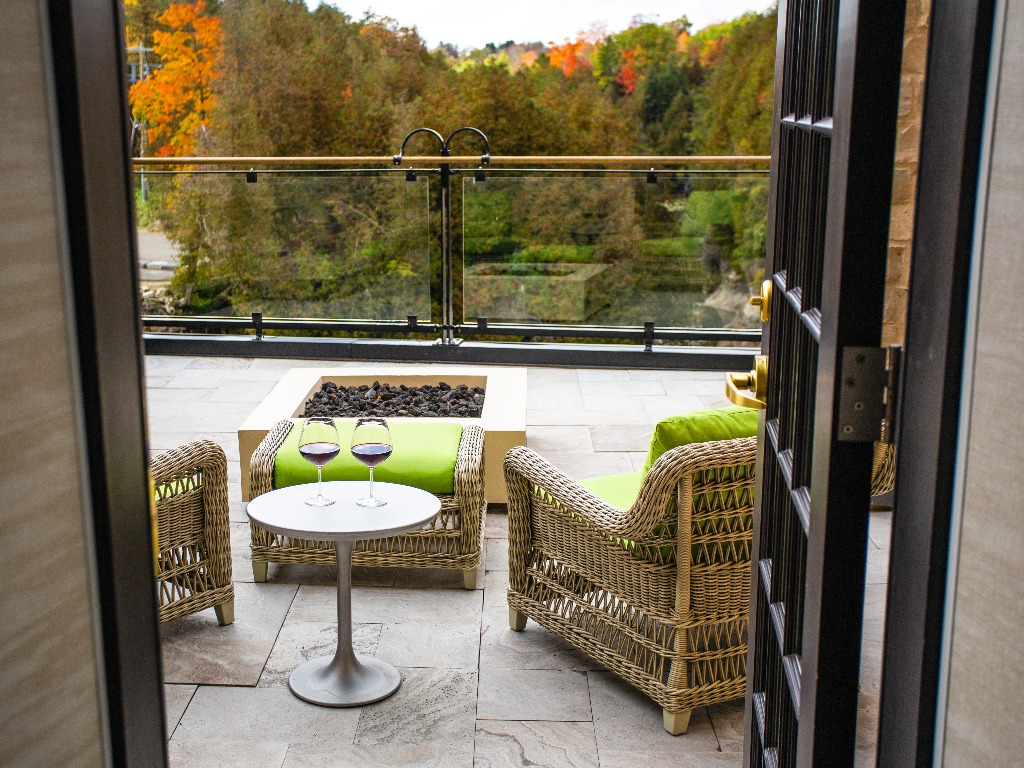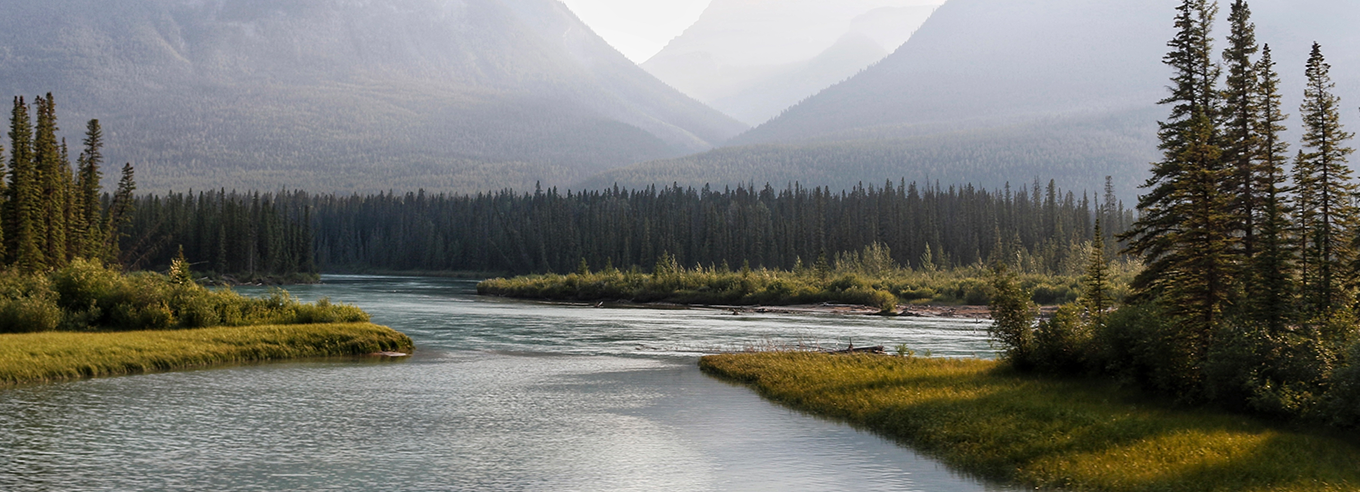
Staycation: Self indulgence awaits at The High Acre in Dundas, Ontario
Opened in 2023 inside a restored 1867 Victorian farm house in Dundas Ontario, The High Acre is an exceptional adults-only boutique inn that exudes quiet luxury.
With just four beautifully-appointed suites, The High Acre provides an opportunity to disconnect and enjoy an intimately personal getaway, with minimal disruptions.
The suites, which sleep two people, feature a private infrared sauna, a hammam-inspired steam room, and a free-standing soaker tub, meaning guests can skip the hassle of booking an appointment and enjoy spa-like relaxation at any time of day. The hammam is enhanced with a handcrafted essential oil blend from certified clinical aromatherapist Marianne Toupalik, promoting deep breathing and refreshing the senses using notes of eucalyptus, grapefruit and peppermint. Additionally, guests can practice self-care through yoga, meditation, and breathwork, with guided sessions available in the suite or the on-site studio. Other shared amenities include a heated outdoor hot tub and an outdoor heated pool, open May 1 to October 1.
.


Each of the spacious rooms features a blend of modern furniture, luxurious linens and cozy amenities like plush bedding, soaker tubs, flat-screen TVs, high-speed internet, and individually controlled heating and cooling systems. Ensuite bathrooms are equipped with upscale toiletries, fluffy towels, and bathrobes for added comfort. All of the rooms also feature fireplaces, lounge areas, and a full kitchen, making them perfect for romantic getaways or extended stays.
Guests can enjoy a breakfast spread of freshly baked croissants, farm fresh eggs, jam and butter, and a selection of coffee and tea from the comfort of their rooms, in the inn’s cozy dining area, or on the outdoor patio in the warmer months.

What to do in Dundas
Dundas, roughly 15 minutes from Hamilton, is a small town with a big personality.
It’s close to several hiking trails, including those within the famous Niagara Escarpment and Royal Botanical Gardens. For the best panoramic views, head to Dundas Peak, tucked along the Bruce Trail. Several waterfalls, including Tew’s Falls (the tallest waterfall in Southern Ontario) and Webster’s Falls, are less than a five-minute drive away from The High Acre.
Nearby cultural landmarks include the Art Gallery of Hamilton and Dundurn Castle, whose gardens boast beautiful blooms from May to October.



Downtown Dundas is home to a handful of restaurants, cafes and charming boutiques, making it a pleasant spot to spend an afternoon strolling, dining, and shopping.
Shawn & Ed Brewing Co. is the main brewery in Dundas, and it offers a fantastic selection of craft beers and their signature beer pie pizzas. Wine lovers can explore the abundance of vineyards found in Niagara-on-the-Lake, approximately an hour’s drive from Dundas.
This article first appeared in the Spring 2025 issue of OFFSHORE Travel Magazine. Click here to access the digital version. Click here to subscribe to the newsletter.









































